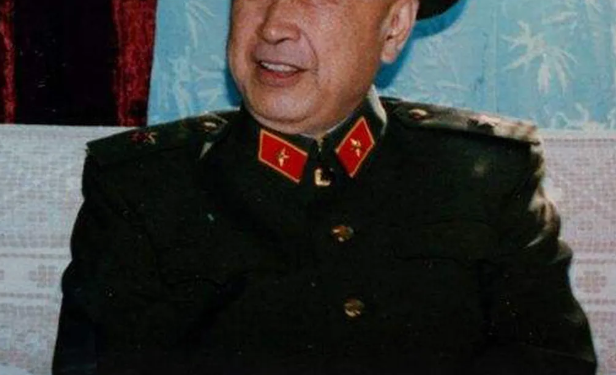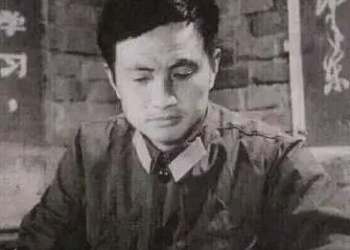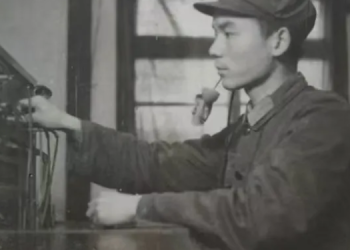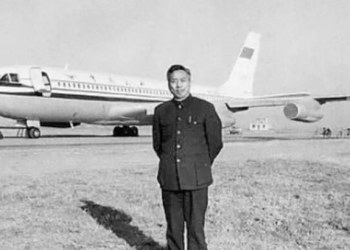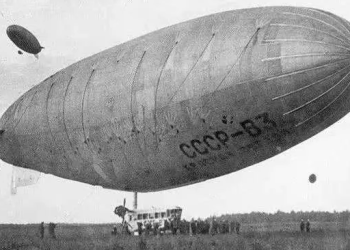On December 11, 1911, Qian Xuesen was born in Shanghai, with his ancestral home in Hangzhou, Zhejiang Province. From the time he entered the Affiliated High School of Beijing Normal University in 1923, Qian Xuesen had already made it his lifelong goal to serve his country through scientific knowledge.
In 1929, he enrolled in the Department of Mechanical Engineering at Shanghai Jiaotong University, majoring in locomotive manufacturing. However, after witnessing the weakness of China’s air force during the Battle of Shanghai, he became determined to shift his academic focus and master advanced aircraft manufacturing technologies.
In 1934, Qian was selected as a government-funded student for overseas studies by Tsinghua University. In September of the following year, he began studying in the Department of Aeronautics at the Massachusetts Institute of Technology (MIT). Two years later, he transferred to the California Institute of Technology (Caltech), where he studied under the world-renowned aerodynamicist Professor Theodore von Kármán. He earned a Master’s degree in Aeronautical Engineering, and subsequently, dual doctorates in Aeronautics and Mathematics.
From July 1938 to August 1955, Qian Xuesen conducted research in the United States in the fields of aerodynamics, solid mechanics, and rocketry. Together with his mentor, he completed groundbreaking studies in high-speed aerodynamics and co-developed the renowned “Kármán–Tsien approximation.” By the age of 28, he had already become an internationally recognized expert in aerodynamics.

During his years of study and work in the United States, Qian Xuesen never forgot his homeland. He closely followed political developments in China and was determined to return home and serve his country as soon as he completed his studies. In 1948, in preparation for returning to China, he resigned from the United States Air Force Scientific Advisory Board and gave up his position as a consultant at the Naval Ordnance Laboratory.
On October 1, 1949, the People’s Republic of China was officially founded. This historic event made Qian’s desire to return to China even more urgent. At that time, he applied to the California Institute of Technology to return to China for family visits. However, the U.S. military was unwilling to let him go.
Daniel Kimball, U.S. Assistant Secretary of the Navy, once said, “Qian Xuesen is worth five Marine divisions. I’d rather shoot this guy than let him return to China!”
At the age of 39, Qian Xuesen was arrested and detained by the U.S. Immigration and Naturalization Service under fabricated charges. He was placed under illegal house arrest for five years.
In a letter during that period, he wrote: “Not a day, not an hour, not a moment passes without longing to return to my country and take part in its grand construction efforts.” This yearning—this deep and profound love for his homeland—grew stronger in the heart of a patriot far from home.
In June 1955, Qian Xuesen managed to evade surveillance and enclosed a secret letter in family correspondence sent to relatives in Belgium. The letter was addressed to Chen Shutong, then Vice Chairman of the National People’s Congress, pleading for help from the Chinese government.
Thanks to the concern of Chinese leaders such as Mao Zedong and Zhou Enlai, combined with strong diplomatic negotiations and international support, Qian was finally allowed to return. On October 8, 1955, at the age of 44, he and his family boarded the SS President Cleveland and began their journey back to China.
For that single day, he had fought for five long years.

After returning to China, Qian Xuesen dedicated himself to his work with every second counting. In early 1956, the Central Committee of the Communist Party of China issued a call to “march toward science.” Qian took part in drafting the first long-term scientific and technological development plan of the newly founded People’s Republic. On his recommendation, “the establishment of jet propulsion and rocket technology” was listed among six urgent national priorities.
At that time, China had no technology, no funding, and no talent in this field—but missile development was swiftly placed on the national agenda.
October 8, 1956, marked the first anniversary of Qian Xuesen’s return to China. On that very day, the Fifth Academy of the Ministry of National Defense—China’s first official institution for rocket and missile research—was formally established under Qian’s leadership. He served as its founding director. However, the young republic was still in ruins, and many team members had never even seen a missile, let alone built one. Developing cutting-edge weapons under such conditions was extremely difficult.
Undeterred, Qian Xuesen began with the fundamentals. He compiled and wrote a foundational textbook titled Introduction to Missiles, which became a beacon for China’s first generation of aerospace scientists and engineers.
Qian served as the chief technical director of China’s first missile, the Dongfeng-1 (DF-1). During those tough years, Qian and his fellow scientists worked day and night, tirelessly overcoming countless technical obstacles. He was confident in China’s potential, declaring, “If foreigners can do it, why can’t the Chinese?”
Ten years later, in October 1966, at the age of 55, Qian Xuesen personally witnessed the successful testing of the integrated atomic bomb and missile system, for which he served as the chief technical director. From that moment forward, China’s nuclear missiles officially gained real deterrent and combat capabilities.
Thanks to Qian Xuesen’s unwavering decision to return home, China’s development of missiles and nuclear weapons was accelerated by at least 20 years.

